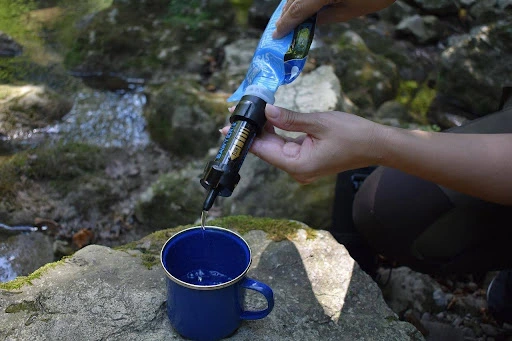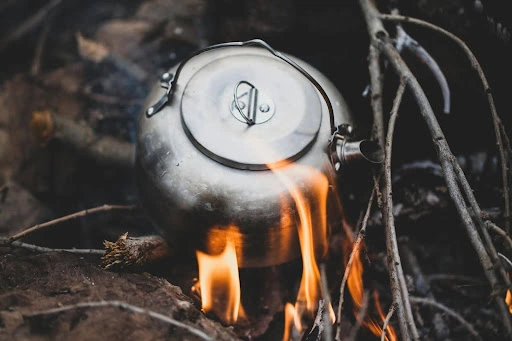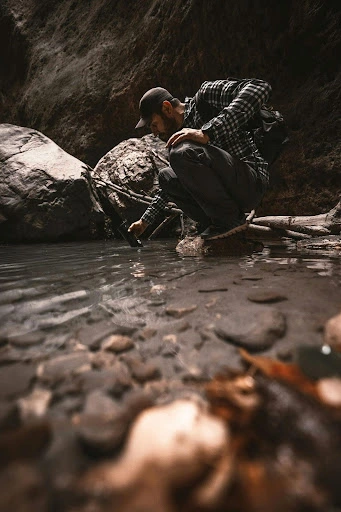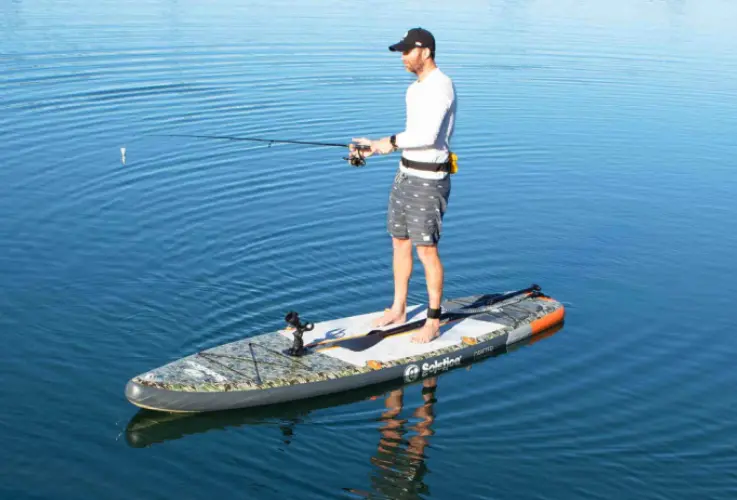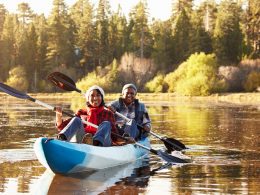Anyone who has felt the tug of nature and answered the call of the wild knows the importance of clean drinking water. Venturing into the great outdoors offers an escape, a return to simplicity, and a challenge. But, amidst the awe-inspiring vistas and thrilling explorations, a fundamental need remains – access to safe, drinkable water. Today, we’re exploring the task of water purification, a knowledge as essential as any you’re going to learn.
Table of Contents
Why You Should Purify Water from an Outdoor Source
Water in the wild, as pristine as it might appear, can be a deceptive carrier of various health-threatening organisms. These dangerous guests, invisible to the naked eye, range from bacteria such as E. coli and Salmonella, known for causing severe gastrointestinal illness, to protozoa like Giardia and Cryptosporidium, which can result in prolonged symptoms of diarrhea, cramps, and dehydration.
Even more insidious are the viruses, including the Hepatitis A virus and the Norwalk virus, which can also find their way into water sources, leading to liver disease and other nasty maladies.
These microorganisms typically find their way into water through contaminated soil and runoff, animal feces, and human waste, especially in areas highly trafficked by hikers and campers.
Natural disasters, such as floods, can exacerbate the spread of these pathogens by mixing more contaminants into water bodies. Drinking untreated water from streams, lakes, or rivers, irrespective of how clear it looks, exposes campers and hikers to these risks.
The 4 Methods to Ensure Safe Sips
Navigating the wilderness of water purification need not be daunting. With a blend of modern technology and age-old techniques, here are four reliable methods to safeguard your hydration:
1. Boiling – The Time-Tested Technique
How It Works: Boiling is the simplest and one of the most effective methods to purify water. Bacteria, viruses, and parasites can’t survive in temperatures above 160°F (70°C), and boiling water for one minute (or three minutes at elevations above 6,500 feet) guarantees that your water becomes safe to drink.
Pros: No special equipment is needed beyond a heat source and a pot.
Cons: Requires fuel and time, and doesn’t remove particulates.
2. Membrane Filters – A Barrier Against Bacteria
How It Works: Membrane filters, such as straw filters or pump-action devices, physically remove pathogens using very fine physical barriers. These filters can be used to drink directly from a water source or to fill a container with treated water.
Pros: Portable, easy to use, and effective against many types of bacteria and protozoa.
Cons: Viruses and pathogens can sometimes slip through if the filter is damaged, and filters may require regular maintenance. You also can’t use them in the winter as they may freeze.
3. Chemical Treatment – The Invisible Shield
How It Works: Chemical treatments, including chlorine dioxide or iodine tablets, kill microorganisms through a chemical reaction. After adding the chemical to your water, you must wait a specified period before the water becomes safe to drink.
Pros: Lightweight and convenient for treating large amounts of water.
Cons: Can leave an aftertaste and may not be effective against all pathogens.
4. UV Light – Sun Power in Your Pocket
How It Works: Portable UV light purifiers kill bacteria, viruses, and protozoa by disrupting their DNA, rendering them harmless. Water is treated by stirring with the device for a few minutes.
Pros: Quick, effective, and doesn’t change the taste of the water.
Cons: Requires batteries or charging and clear water for optimal effectiveness.
Final Thoughts
When choosing a water treatment method, it’s important to consider your specific situation at hand. It’s also best to bring multiple methods in case one fails. If you’re able to boil your water then that may be the best method to utilize in a broad range of scenarios.
Regardless of the method chosen, pre-filtering water through a handkerchief or a similar filter to remove particulates should be done first. Don’t rely on packing in your water, get comfortable with using the natural sources given to you.

